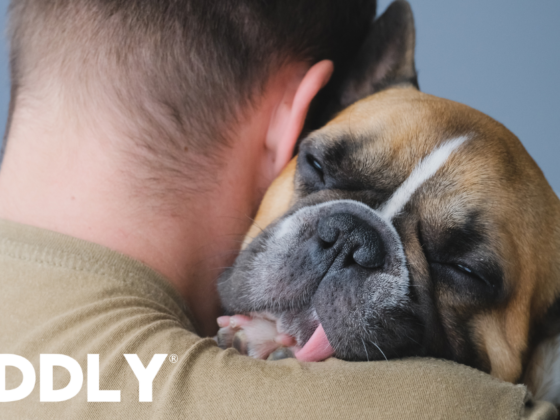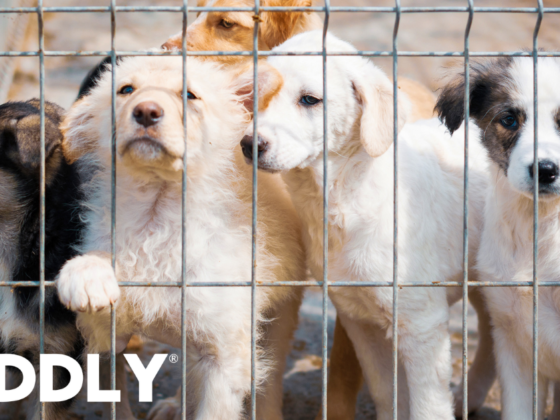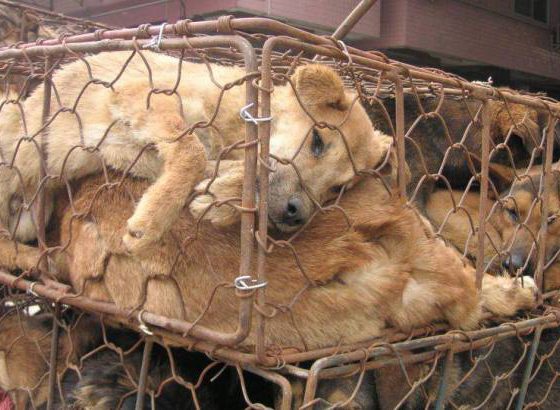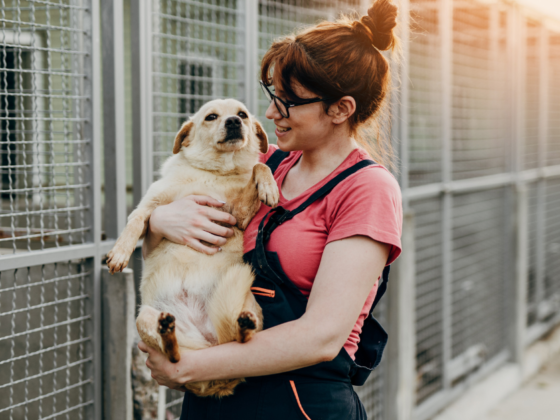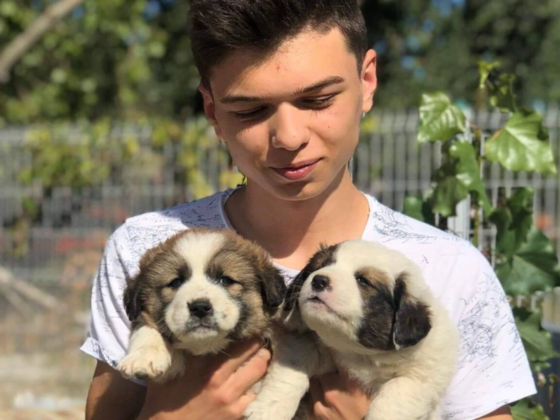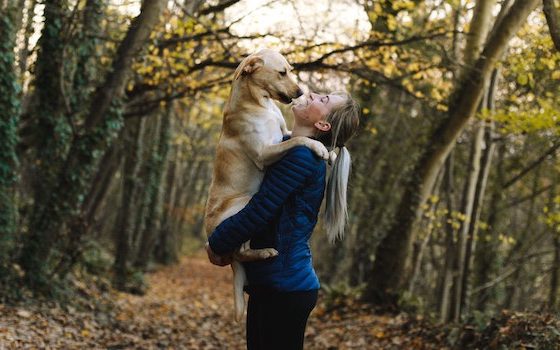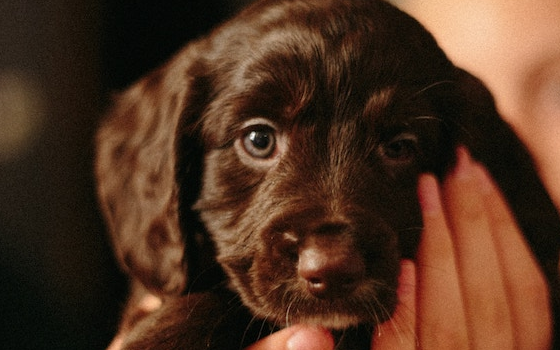What It Really Means When a Shelter Runs Out of Options
The word euthanasia is one of the hardest to hear in animal welfare. It’s painful to imagine the reality that many shelters face every single day. Yet, it’s an important truth to talk about, because only through understanding can we create change.
What Euthanasia Really Means
In the most basic terms, euthanasia is the act of humanely ending an animal’s life to relieve suffering, or because no safe alternative remains. At the shelter, the process is done by a trained veterinary staff, using medication that causes the animal to drift to sleep before passing. It’s quick, painless, and far more merciful than the suffering many animals endure before they ever reach a shelter’s door.
Why Does Shelter Euthanasia Happen?
Many people imagine shelters as safe havens where every animal eventually finds a loving home. While that is the goal, the reality is far more complex.
- Overcrowding: Shelters are often filled to capacity. When kennels are full and new strays and owner surrenders continue to arrive, a difficult decision often must be made.
- Medical Needs: Some animals arrive critically ill, severely injured, or in condition beyond treatment. With limited time and resources, some shelters cannot provide what is needed.
- Behavioral Changes: Fear, aggression, or trauma may make an animal unsafe to adopt.
- Lack of Resources: Even the most passionate shelter teams face limited staff, space, or funding. It’s not a matter of willingness; it’s a matter of lack of supplies, money, and resources.
Common Misconceptions
One of the biggest misconceptions is that shelters “don’t care” or “give up too quickly.” The truth is the opposite. Shelter workers and rescuers are often the most dedicated animal advocates in the world. Every euthanasia decision is agonizing, and many staff members grieve alongside them.
Another misconception is that animals are euthanized simply for convenience. In reality, shelters fight every day to avoid it. By networking with rescues, hosting adoption events, and begging for fosters to step up, they are fighting to make a difference and save as many lives as possible. When euthanasia does happen, it is not from lack of compassion, but from lack of options.
You Can Make A Difference
The good news is that euthanasia is not an unchangeable reality. Here’s how you can make a difference.
- Adopt don’t shop: Every adoption opens space for another animal in need. If you’re considering adding a furry friend to your family, follow this link to connect with shelters and rescues in your area.
- Foster: Even if short-term, fostering saves lives by creating breathing room for shelters.
- Donate or volunteer: Your time is valuable to shelter staff!
- Share: Networking adoptable pets online can be the reason someone finds their forever home.
Every animal lost is someone’s potential best friend, family member, or loyal companion. Behind every number is a face, a story, and a soul that deserves more time. Euthanasia may be part of today’s reality, but it doesn’t have to be tomorrow’s. With compassion, education, and community support, we can work toward a future where every shelter is truly a safe haven.


